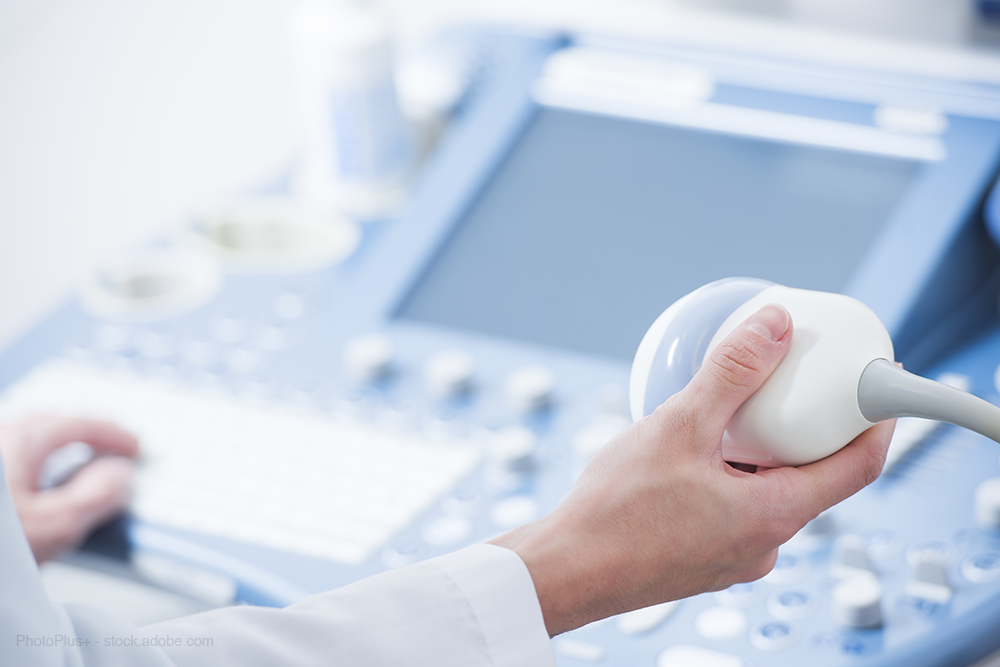Patient Comfort During Whole-Breast Ultrasound
What patients think of automated whole-breast ultrasounds.

When it comes to breast ultrasound, the most important priority is efficacy. But, another paramount concern is patient comfort with the technology. And, with automated whole-breast ultrasound, there’s been little research to date regarding how women feel about undergoing this type of imaging.
Many studies have been published that highlight the effectiveness of automated whole-breast ultrasound in the screening detection of invasive breast cancers among women with dense breast tissue. A study published recently in The Breast Journal looked deeper and analyzed how women who had only previously undergone a mammogram responded to receiving an automated whole-breast ultrasound. The results were mainly positive.
The study
Researchers conducted a 28-question survey with 82 women receiving their baseline automated whole-breast ultrasound. Of that group, 82% reported the experience was positive, 2% indicated the experience was negative, and 15% remained neutral. After receiving an exam, more women were also aware that this type of imaging contained no ionizing radiation, increasing from 78.9% to 90.8%, respectively.
For many women, anxiety over breast screening can be a frequent concern, but worries among participating women dropped after the exam. Prior to the imaging, 47.5% of women indicated they had no anxiety, but that percentage increased to 64.6% after completion of the studies.
Related article: Automated Breast Ultrasound Use on the Rise
With mammography, another common complaint can be how long women have to stand still, compressed in a machine in order for the technologist to conduct the exam. Automated whole-breast ultrasound appeared to alleviate that concern: post-exam, more women revealed the length-of-time to complete the imaging was no longer a worry. Initially, 57.7% of patients reported having no concern about the time span, and that increased to 62.8%.
In a surprising result, however, women indicated their concerns about physical discomfort associated with automated whole-breast ultrasound actually increased after the exam. Initially, more than half-58.6% of women had no concerns about an automated whole-breast ultrasound being uncomfortable. But, after having one, that proportion dropped to 42.3%. Still, more patients reported little-to-no discomfort with an automated whole-breast ultrasound than they did with a mammogram, 81.7% to 61%, respectively.
Communication
Part of helping women become more comfortable with a new type of imaging exam is fostering communication with their healthcare provider. According to The Breast Journal study, women were widely varied on how they preferred to receive information about their breast health from their doctor. Many reported being comfortable with more than one mode of communication.
For example, 18% selected reading a printed pamphlet, 29% wanted a one-on-one conversation, 27% opted to glean information from websites, 22% leaned toward an email from their breast care center, 1% preferred social media, and 3% did not want information.
Clarius Mobile Health Unveils Anterior Knee Feature for Handheld Ultrasound
April 23rd 2025The T-Mode Anterior Knee feature reportedly offers a combination of automated segmentation and real-time conversion of grayscale ultrasound images into color-coded visuals that bolster understanding for novice ultrasound users.
What New Research Reveals About Novice Use of AI-Guided Cardiac Ultrasound
April 4th 2025In a study recently presented at the American College of Cardiology (ACC) conference, researchers found that novice use of AI-guided cardiac ultrasound after an AI-enabled electrocardiogram increased the positive predictive value for reduced left ventricular ejection fraction (LVEF) or aortic valve stenosis by 33 percent.
New AI-Enabled Portable Ultrasound May Facilitate 50 Percent Reduction in Cardiac Imaging Scan Time
March 28th 2025Artificial intelligence (AI)-powered measurement capabilities provide key features with the Compact Ultrasound 5500CV device, which was unveiled at the American College of Cardiology (ACC) conference.










